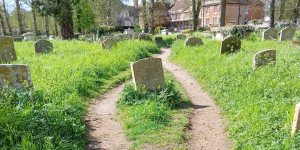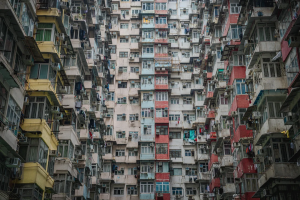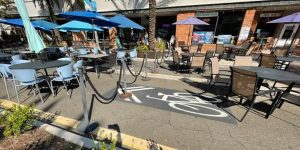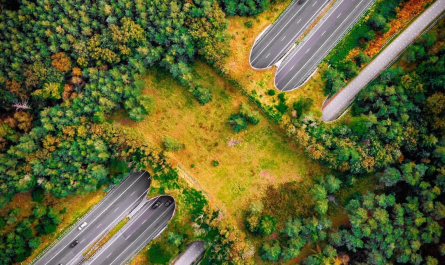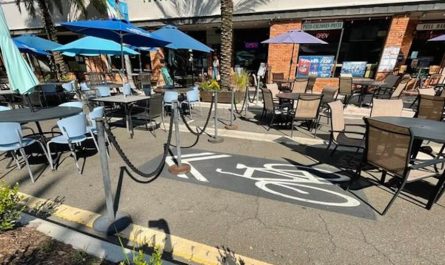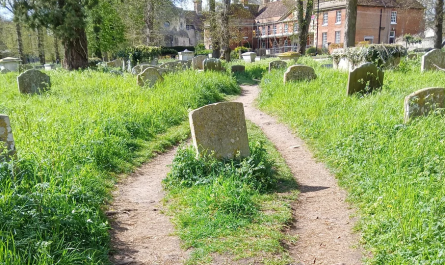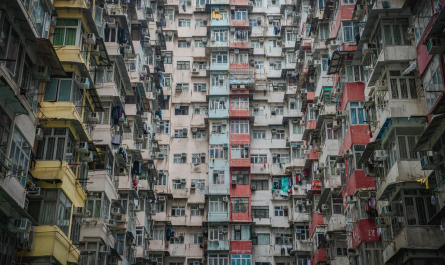I love when cities realize they messed up urban design and actually do something about it. For decades, urban planning revolved around cars such as widening roads, building overpasses, and paving anything that stood in the way. But slowly, some cities are coming around. They’re tearing out highways, restoring parks, and designing streets that work for people instead of just traffic. Below are 7 cities that made a hard U-turn on urban design. The before-and-after results are honestly kind of incredible.
1. Düsseldorf, Germany
Rheinuferpromenade
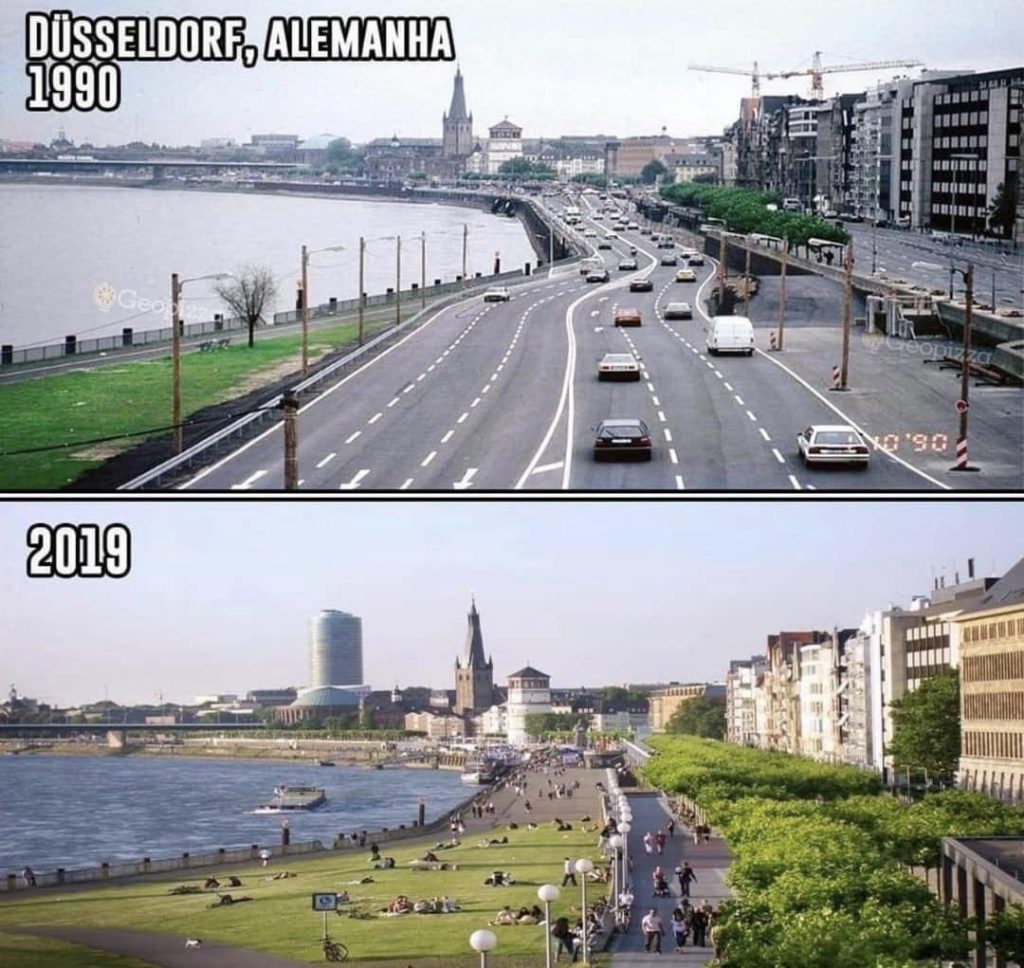
In the early 1990s, Düsseldorf had a major highway running along the Rhine, cutting the city off from its waterfront. Traffic dominated the area, and pedestrians were pushed to narrow sidewalks. In 1993, the city opened the Rheinufertunnel, moving the highway underground. The surface was turned into the Rheinuferpromenade, a wide public space with bike paths, green areas, and room for events. It reconnected the Altstadt with the river and made the entire stretch walkable. Traffic still flows below, but above, the space actually works for people.
This is only one of the many changes the city is making to improve its urban design.
2. Seoul, South Korea
The Cheonggyecheon project


Before the Cheonggyecheon project, that stretch of Seoul was buried under a six-lane elevated highway and constant traffic. Air pollution in the area was among the worst in the city. Nitrogen dioxide levels were nearly double the city’s average, and the heat island effect made downtown several degrees hotter than surrounding neighborhoods. When the highway was demolished and the stream restored in 2005, pollution dropped fast. Nearby temperatures fell by up to 5°C, and air quality improved across the district.
Today, the stream is one of the most popular spots in Seoul for both locals and tourists. It winds through the city for nearly 11 kilometers, with walking paths, stepping stones, public art, and shaded areas along the water. People go to cool off, take a break from the noise, or just walk without dodging traffic.
3. Boston, USA
The Big Dig
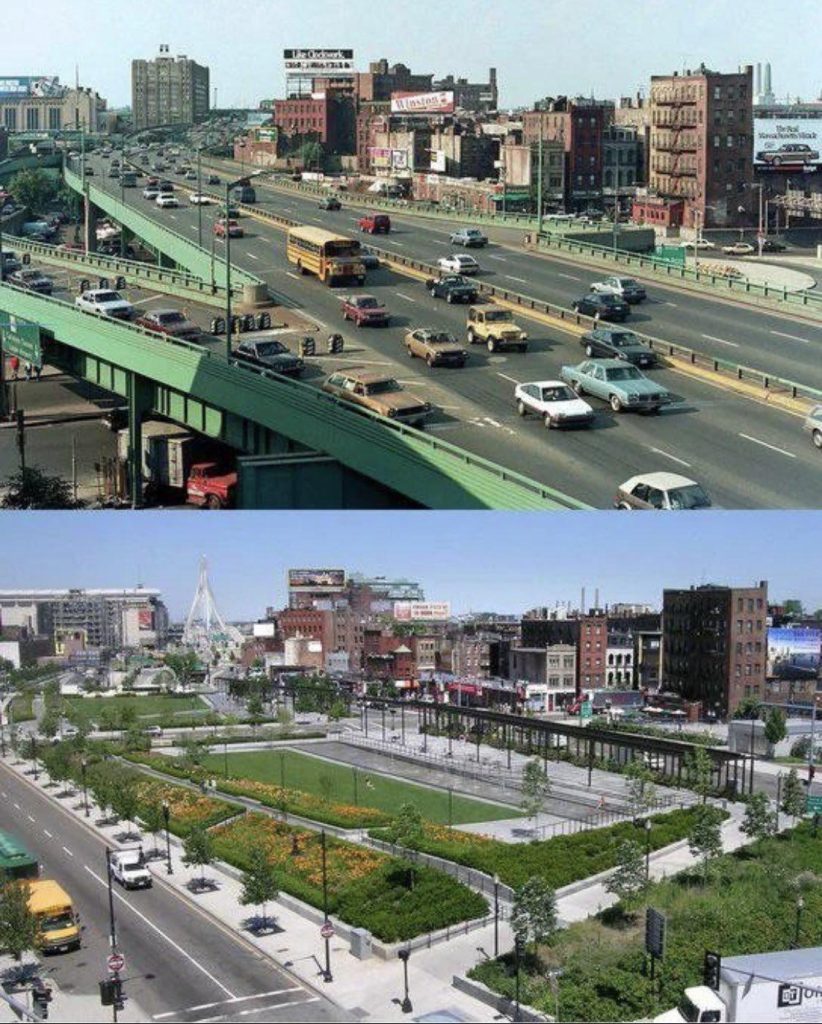
Credit -X@Epic_Maps.
Isn’t that an incredible before and after?
In 2003, Boston completed the Central Artery/Tunnel Project—better known as the Big Dig. The city took the elevated Central Artery (I-93), which had cut through downtown since the 1950s, and moved it underground. In its place, Boston built the Rose Fitzgerald Kennedy Greenway, a surface-level park system that reconnected neighborhoods and gave people an actual reason to spend time downtown. It wasn’t cheap or easy, but the result was fewer traffic bottlenecks, more public space, and a city that started to feel a little less built for cars.
The USA isn’t known for its people-first urban design, but this project shows that there is hope for improvements.
4. Paris, France
The Seine
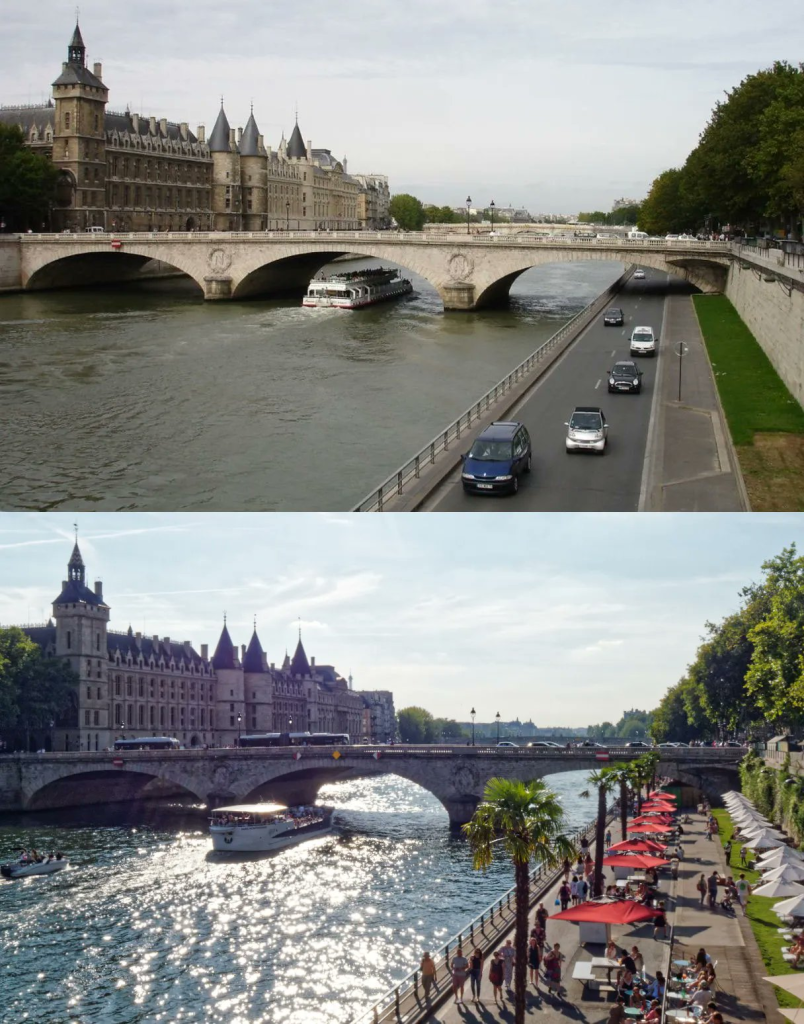
The Voie Georges Pompidou, built in the ’60s, funneled traffic through the city along the Seine in Paris. In 2016, the city shut down part of it to cars. Drivers were furious, business groups threatened lawsuits, and even national politicians pushed back. All pretty standard issues that urban planners have to content with when trying to make their city better.
Car traffic dropped, noise and air pollution fell, and people actually used the space. Today, the riverside is full of bikes, families, and pop-up cafés.
5. Utrecht, The Netherlands
The Catharijnesingel
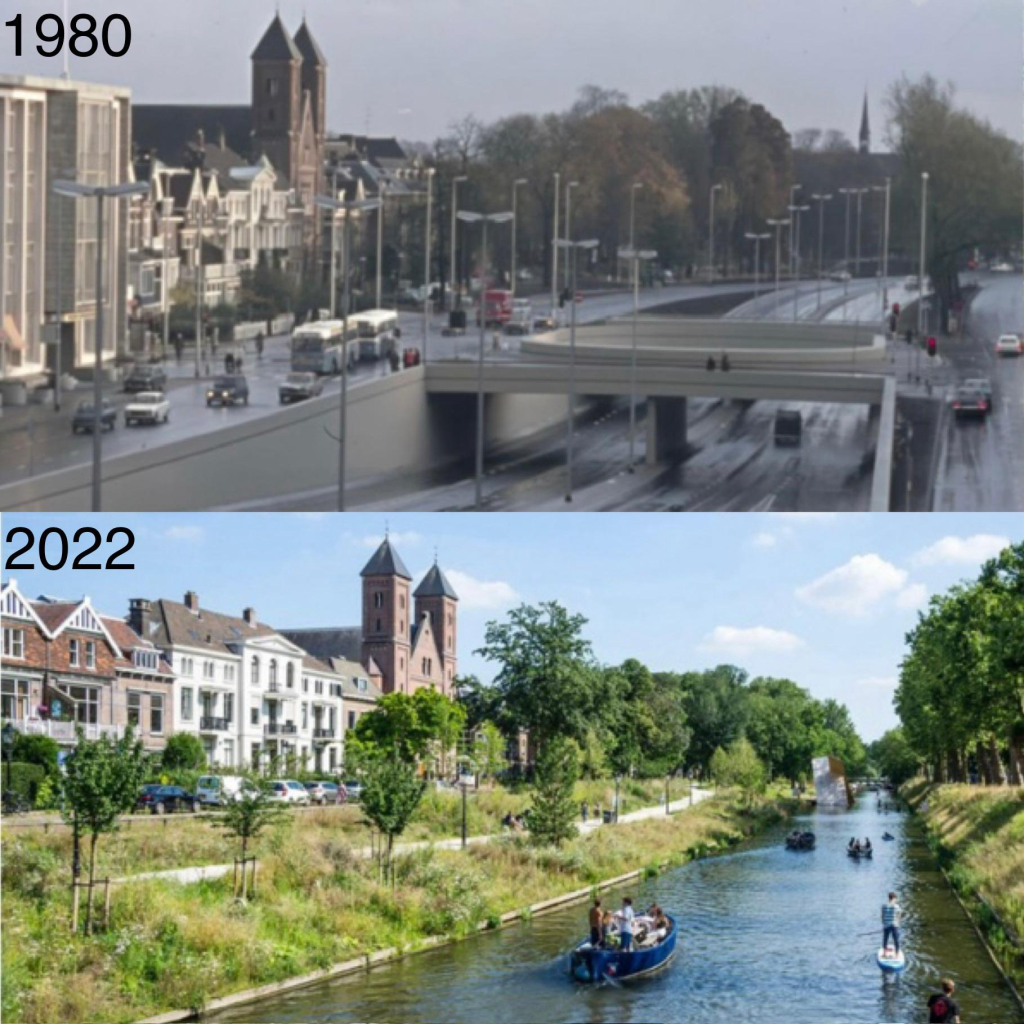
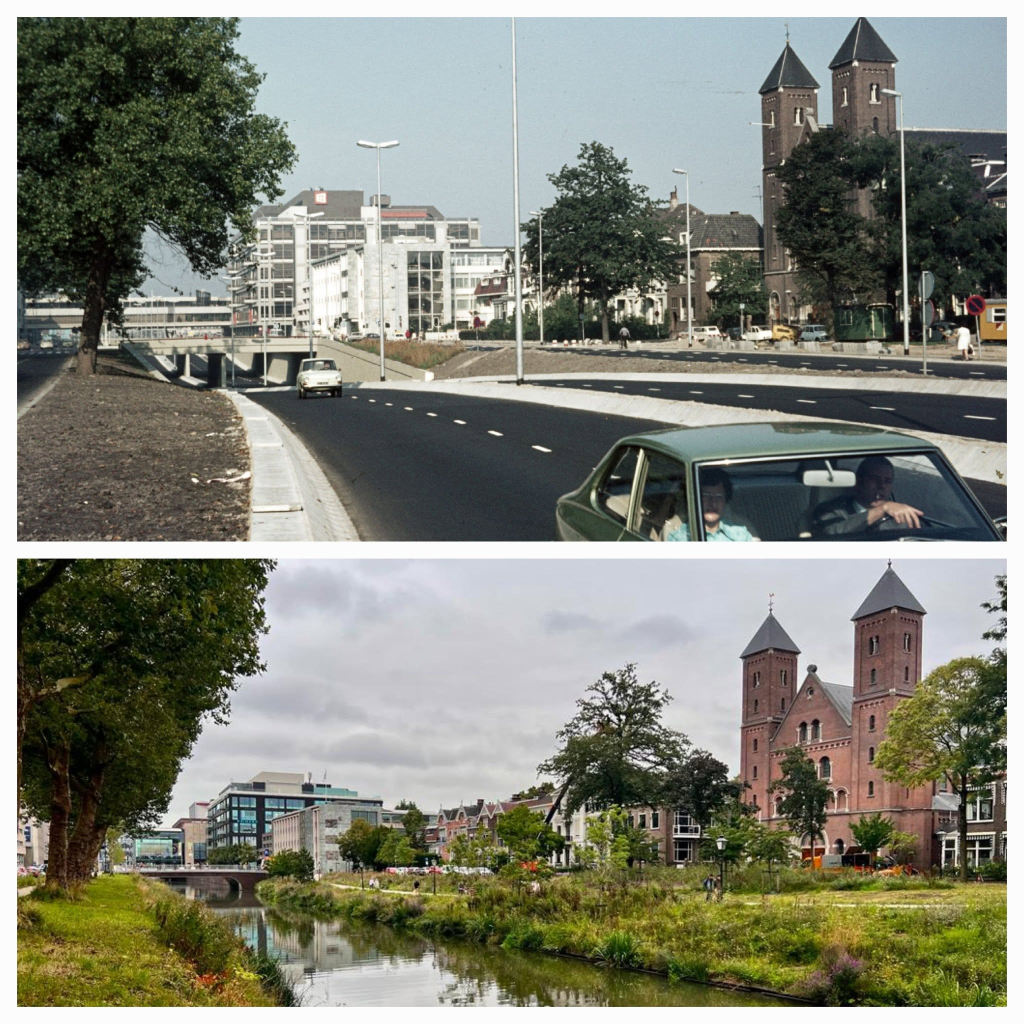
We think of the Netherlands as the gold standard for people-first cities and cycling infrastructure, but like most countries, it wasn’t always that way. In the mid-20th century, Dutch cities also chased car-centric development. In Utrecht, that meant filling in part of a 900-year-old canal, the Catharijnesingel, and replacing it with a sunken highway in the 1970s.
Eventually, the country realized this approach wasn’t working. Rather than doubling down, the Netherlands made a deliberate shift away from car-first planning. Utrecht became one of the clearest examples of that change. Starting in the early 2000s, the city removed the highway and restored the canal. By 2020, boats were back, the water was clean, and the space around it was redesigned for people.
6. Madrid, Spain
M-30 to the Madrid Rio


Madrid built the M-30 in the 1970s, cutting the city off from the Manzanares River with the country’s busiest ring road. For decades, traffic, noise, and concrete dominated the riverfront. In 2004, the city launched the Madrid Río project to fix it. Crews buried sections of the highway and opened up 7.5 kilometers of public space along the water. The park now offers bike paths, sports courts, playgrounds, and flood-resistant green areas. The city used urban design to prioritize people over cars and proved it’s possible to reclaim space and make it livable again.
7. Vienna, Austria
Mariahilfer Straße

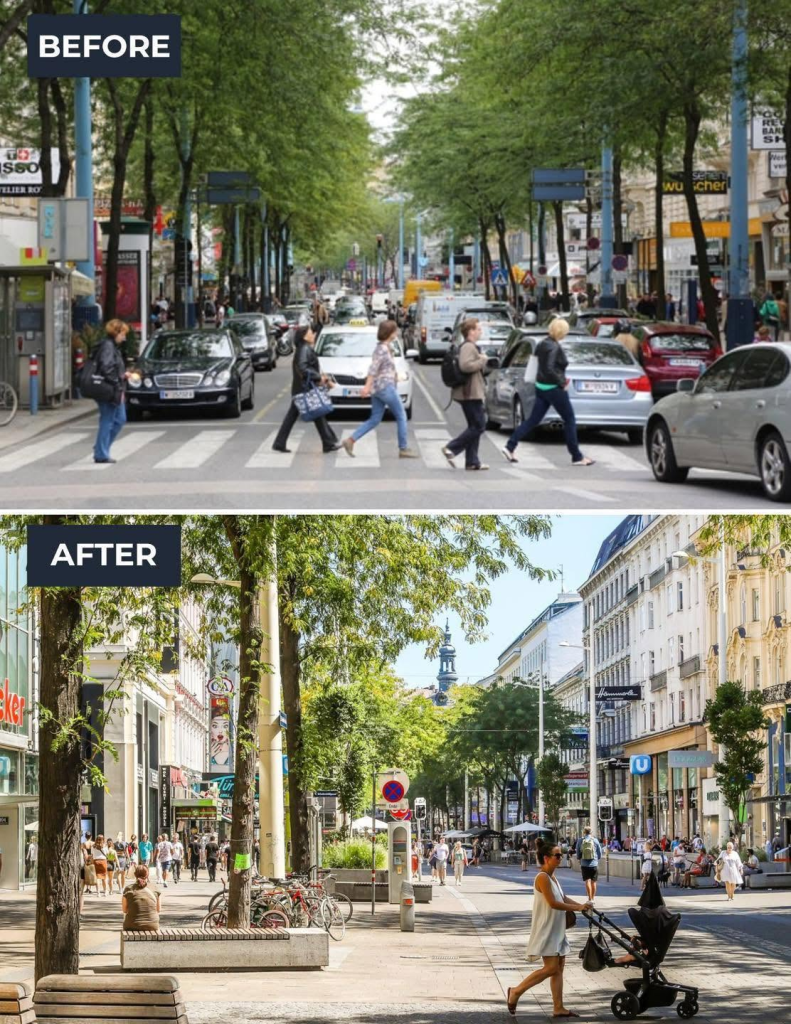
Vienna transformed Mariahilfer Straße by cutting car access, widening sidewalks, and adding bike lanes. The city turned key sections into shared space, giving pedestrians priority without shutting out public transit. At first, the plan drew criticism, but people quickly filled the street. Foot traffic grew, shops got busier, and the entire area became easier and safer to move through. Vienna used smart urban design to shift the focus from traffic flow to quality of life.

